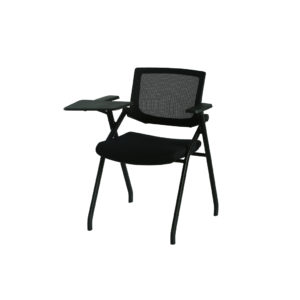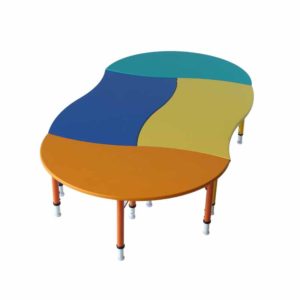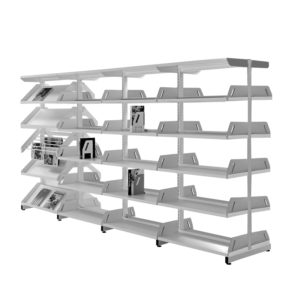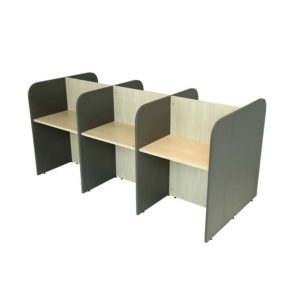Enhancing Preschool Motor Skills Through Innovative Furniture
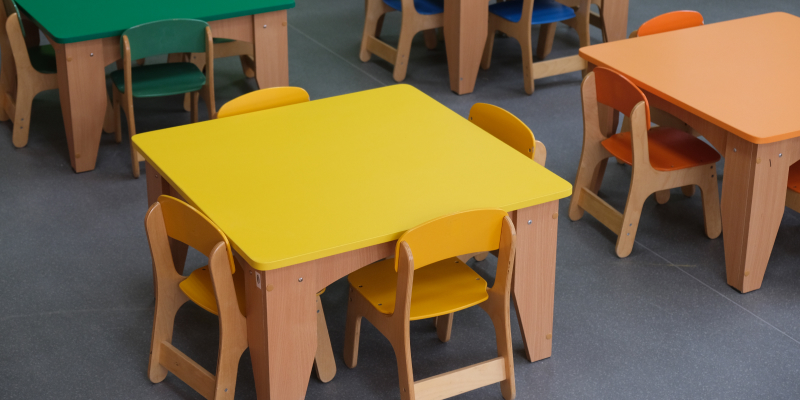
- Inspace Team
- February 21, 2024
- 11:11 am
- No Comments
Imagine creating a space for young minds that is more than just colourful. It is a launchpad for physical growth. The essence of incorporating preschool furniture that aids motor skills development. Such furniture is not only about making a classroom look inviting. It is essential for fostering balance, coordination, and deep motor skills in our little ones.
We shall explore how these vibrant pieces positively shape children’s physical progress.
Exploring Preschool Furniture’s Role in Motor Skills Development
Have you considered the deep impact furniture has on young learners’ motor skills when planning your preschool layout? Preschool classroom furniture shapes children’s movement and interaction with the world. It is not just for display. It is about nurturing gross motor skills by:
- Encouraging kids to move and play in different ways.
- Allowing them to climb, find balance, and learn coordination.
- Helping them take on more complex physical activities as they grow.
- Promoting active play and encouraging the correct posture from the early stages of growth.
- Creating body awareness with flexible and creative play.
Therefore, it is imperative to choose pieces for your preschool that align with growth principles and encourage active play and coordination.
Gross Motor Skills And Their Crucial Role in Early Childhood
Gross motor skill development is significant in the early stages of growth. It is about learning to control the big muscles for walking, running, and climbing.
These skills instill confidence and allow kids to explore their physical limitations. How you design the space and pick furniture in preschool can boost these skills.
Designing Preschool Spaces with Motor Skills-Enhancing Furniture
Choosing furniture for preschools means looking for pieces that fit kids, last long, and are safe. They should also encourage play and movement. Furniture that can change shape or setup sparks creativity and supports learning and thinking.
Let’s explore the furniture options that make learning spaces more active and fun.
Seating Options That Encourage Movement and Balance
When you set up your preschool, look for seats that do more than standard chairs. Wobble chairs and balls for sitting help build core strength and balance. They make sitting active, which is good for posture and focus. As kids move on these seats, they have fun and work their core muscles. This kind of seat can lead to more adventurous activities.
Climbing Structures to Enhance Strength and Coordination
Climbing toys in your preschool help build kids’ strength, coordination, and balance. Jungle gyms and balance boards create spaces that challenge kids while building their motor skills and confidence. This activity teaches children to use different muscles, improve hand-eye coordination, handle risks, and solve problems. When you match these toys with the right space, they boost children’s physical and imaginative skills.
The Importance of Open Spaces for Unstructured Play
Open areas in preschools are key for free play. They let kids run, jump, and skip, which are big for developing balance and knowing where they are in space. Children can test their limits in these areas, which is big for their growth. Adding toys and tools here can improve the space for learning and developing motor skills.
Ensuring Safety and Comfort in Motor Skill Development
Children’s safety is paramount in any preschool setup. Prioritise creating a safe and comfy space that encourages children to feel brave enough to explore and play.
Safety is a must where kids are. Having furniture that is up to top safety standards minimises accidents and encourages children to explore more bravely.
Fostering Social Interaction and Teamwork Through Movement
Encouraging physical movement in preschool years fosters social skills and teamwork. When you bring in furniture that is good for moving, you create a space for children to communicate, collaborate, and make friends in fun ways.
For example, tables laid out in circles or half circles make spots for talking and doing things together. By facing each other, they learn to talk well, share ideas, and feel like part of a group.
Moreover, furniture that can be moved or put together differently helps teamwork. Kids learn to pick roles, solve problems, and work together to make new things.
Also Read: The Psychology of Colours in Preschool Furniture: How it Impacts Young Minds
Collaborating with Specialists for Furniture Design
When you pick furniture for your preschool, It is good to work with different experts
- Work with child psychologists to understand how kids grow.
- Get help from educators who know about Montessori learning methods that kids guide themselves.
- Talk to occupational therapists for tips on coordination and balance.
Seeing the worth of these team-ups helps you choose preschool furniture that helps your students grow.
Crafting Active Learning Spaces- A Commitment to Motor Skill Development
Remember that furniture is more than mere display in a preschool set-up. It is a chance to learn and grow. It opens doors for movement and coordination, which shapes children’s motor skills.
Take a smart step today. Collaborate with Inspace, one the leading school furniture manufacturers in Chennai. We create smartly designed furniture that makes every part of your preschool a place for building active, coordinated, and smart young minds.
Talk to our experts about customised furniture for young learners. Connect with us today.
FAQs
Can the design of school furniture contribute to child motor development?
Yes. It can impact in several ways:
- Safety and Size: Child-sized furniture promotes independence and encourages exploration and movement, essential for motor development.
- Active Engagement: Furniture designed for physical activities like climbing and balancing can enhance gross motor skills.
- Accessibility: Easy-to-reach shelving and storage units allow children to access materials independently, aiding fine motor skills.
Is there a connection between classroom furniture design and improved motor skills?
Research highlights the importance of classroom furniture in enhancing motor skill development:
- Ergonomic design supports posture and movement.
- Adjustable features cater to individual student needs.
- Accessible furniture in adaptive classrooms aids students with special needs.
- Classroom design promotes physical engagement during learning.
What types of preschool furniture are best for supporting motor skills development?
- Preschool furniture should:
- Be made of solid wood or high-density particle wood for durability and safety.
- Not be made of toxic chemicals. Surfaces should be safe for children to touch and mouth.
- Encourage active engagement and help with fine motor skills, coordination, and analytical thinking.
- Have cube chairs to provide back support and be suitable for children up to six years old.
- Have table and chair sets that facilitate independent learning and organisation.
- Contain items like the Montessori box with bins teach concepts of organisation and reduce physical strain.
- Have loft beds to offer a fun, explorative space for active learning and rest.
- Have desks with built-in storage to promote a sense of control and independence.
- Have step stools to allow safe access to higher places, fostering independence.
- Come with accessible shelves to allow easy reach and minimise the strain on growing muscles.
What are the five basic motor skills in early childhood development?
Gross motor skills are essential movements involving the coordination of large muscle groups. Here are the five basic skills:
- Balancing: Maintaining stability and control over the body’s movements.
- Coordination: Controlling the body to perform more complex tasks by combining various movements smoothly.
- Body Awareness: Understanding the parts of the body and how they are positioned.
- Physical Strength: Building the muscle power required to perform everyday activities.
- Reaction Time: Reacting quickly to changes in the environment or during activities.
Why does the preschool classroom have child-size furniture and equipment?
Child-size furniture and equipment in preschool classrooms serve several purposes:
- They foster independence by allowing children to access materials and engage with their environment without adult assistance.
- Smaller furniture is safer, reducing the likelihood of falls and injuries.
- It enhances comfort, preventing intimidation from large adult-sized furniture.
- They aid in developing fine motor skills and hand-eye coordination through appropriately sized tables and chairs.
- Child-size furniture supports imaginative play, helping children envision themselves in adult roles.
- The design and placement of classroom furniture provide structure and aid in classroom management.

